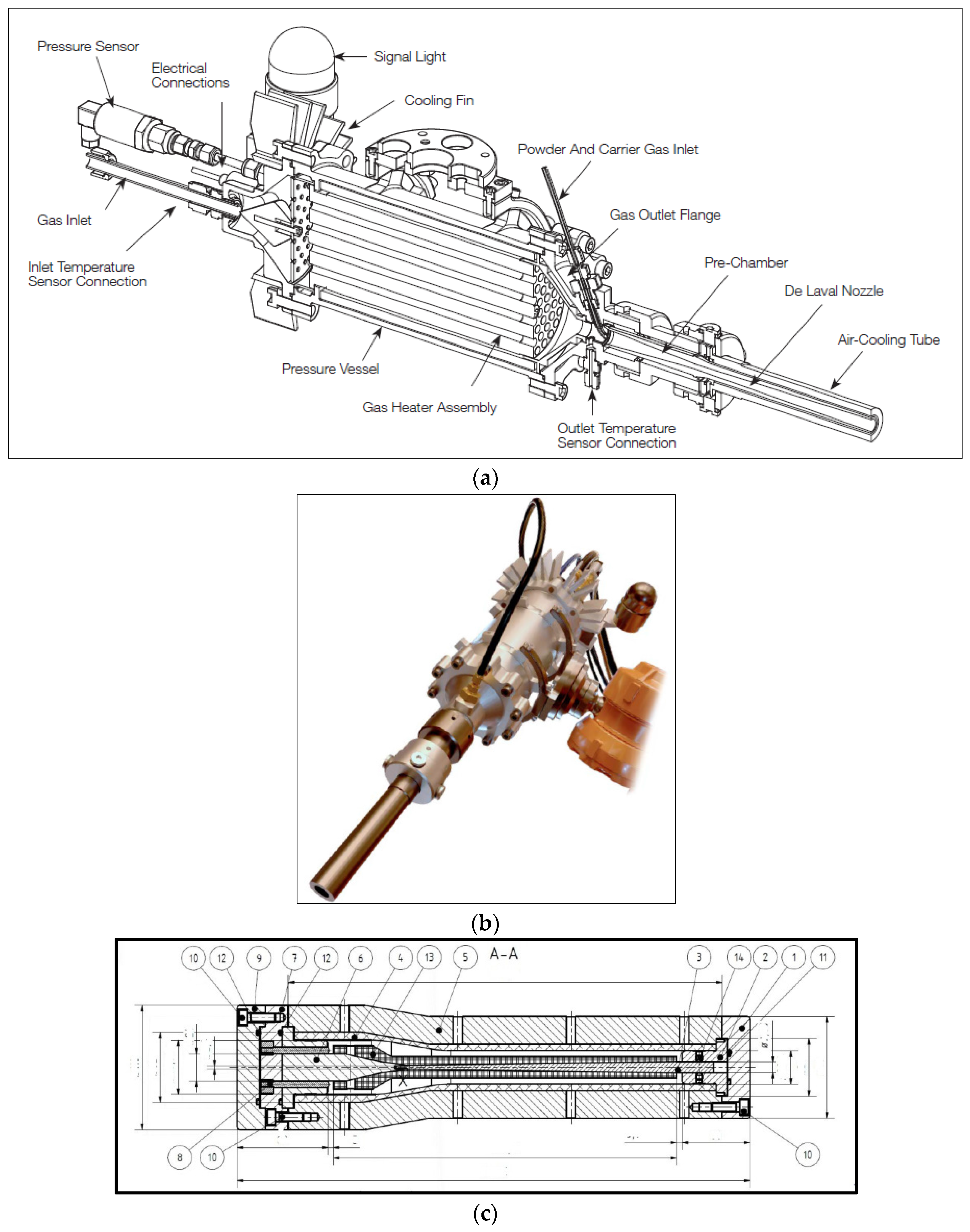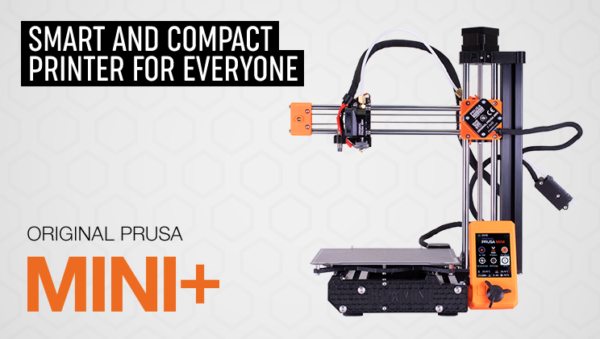

The conducted micro CT and 2D Raman study of pristine 3D 2G revealed important features of this new material. Porous 3D 2G with high purity was obtained after etching out the nickel substrate. The latter has been employed as a catalyst for graphene growth via CVD. Direct ink writing has been used in this work as a 3D-printing technique to print nickel powder–PLGA slurry into various shapes.


In this communication, we report our efforts to synthesize a 3D-shaped 3D graphene (3D 2G) with good quality, desirable shape, and structure control by combining 3D printing with the atmospheric pressure chemical vapor deposition (CVD) process. The presence of a binder or graphene oxide hinders the translation of the excellent graphene properties to the 3D structure. Being efficient, scalable, and repeatable, 3D printing of graphene-based polymer inks and aerogels seems attractive however, the produced structures highly rely on a binder or an ice support to stay intact. Earlier, various attempts to develop graphene structures using chemical and nonchemical routes were reported.


 0 kommentar(er)
0 kommentar(er)
